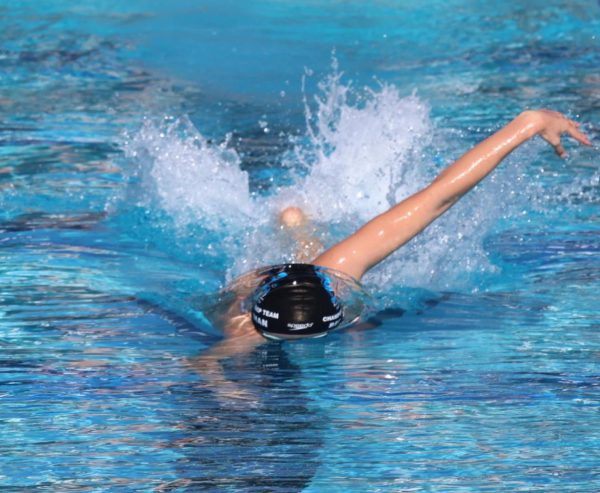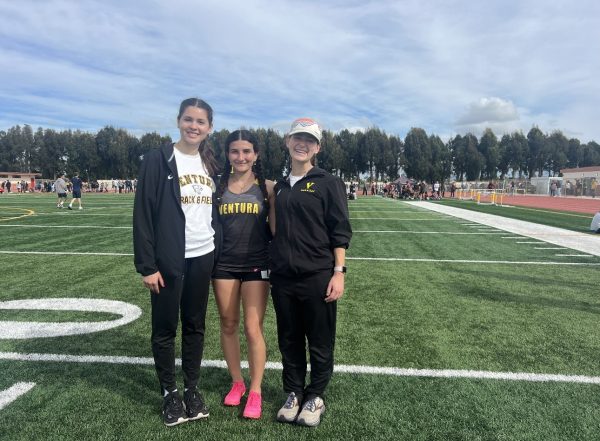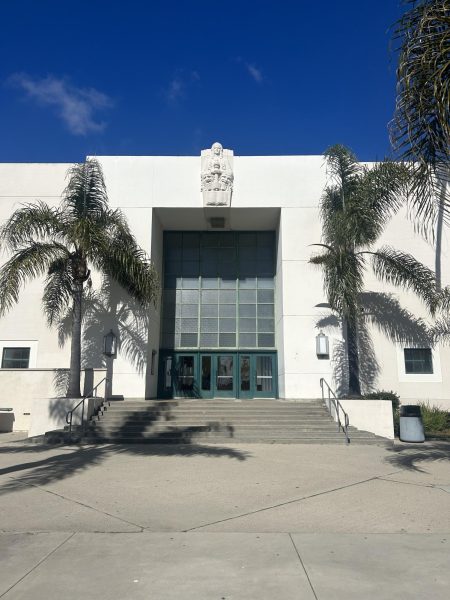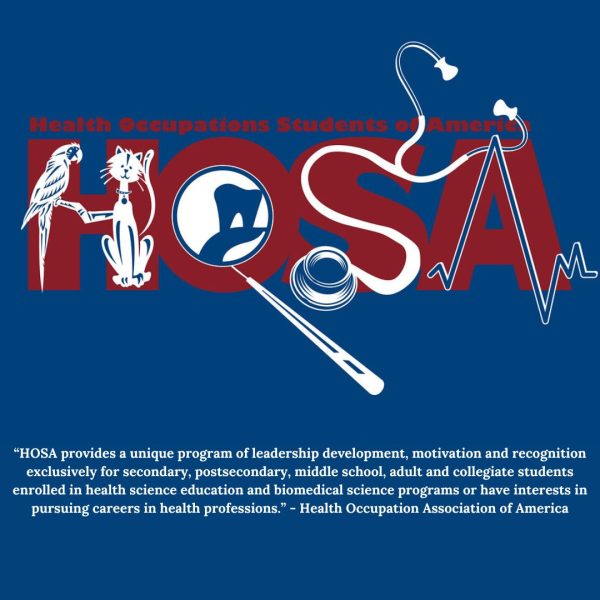A review of VHS’ 2021-2022 School Plan for Student Achievement
The Ventura High School School Plan for Student Achievement contains 10 pages regarding VHS budget changes to improve student achievement for the fiscal year 2021-2022. Photo by: Alejandro Hernandez
November 21, 2022
The contents of the document and their outlined expenditures
On Nov. 15, 2021, the Ventura High School School Site Council approved the school’s School Plan for Student Achievement for the fiscal year 2021-2022. VHS’ plan outlined its three goals for improving various aspects of VHS and the budget allocated to fulfilling said improvements.
According to the document’s first page, “The purpose of this plan is to provide goals, strategies and actions for the entire school-wide program as well as specific strategies to address the Additional Targeted Support and Improvement designation as it relates to our [Specialized Academic Instruction] program.”
Page one of the School Plan for Student Achievement notes VHS’ plan to meet the Every Student Succeeds Act educational requirements by aligning its programs, assessments and finances with the Ventura Unified School District’s Local Control and Accountability Plan. This plan includes the regular administration of English language arts and math benchmarks, standardized exams, frequent meetings with school groups such as school leadership, faculty, the SSC and the English Learners Advisory Committee and meeting all federal, state and local program requirements for student groups.
Page two of the document introduced VHS’ first goal: “Increase student achievement for all students while decreasing performance gaps.” It identified English language learners and students with disabilities as groups with the highest performance gaps relative to targets. The document quantified student achievement and performance through CAASPP ELA and math test scores.
The document projected a five percent increase in both ELA and math test scores, which did not occur. According to CAASPP, 60.96 percent of VHS students met or exceeded ELA standards in the 2020-2021 school year test, while 52.04 percent of VHS students met or exceeded ELA standards in the 2021-2022 school year test. In addition, 25.87 percent of VHS students met or exceeded math CAASPP standards in the 2020-2021 school year test, while 29.64 percent met or exceeded them in the 2021-2022 school year test.
VHS planned four strategies to attempt to facilitate a five percent increase in CAASPP test scores. These strategies span from pages two to four. In chronological order, these strategies are professional development (total expenditure of $30,000), interventions (total expenditure of $266,000), instruction-supportive technology (total expenditure of $2,500) and parental involvement/communications (total expenditure of $6,000). All strategies targeted students of all grade levels.
The document defined three professional development measures, “Professional development to support staff and administration in strengthening knowledge, skills and tools for effective instruction to support Common Core State Standards, English language development and special education instruction. Teacher release dates, [also known as staff development days,] for curriculum alignment. New Teacher Orientation Dates throughout the school year.”
VHS’ primary intervention strategy focused on reducing the amount of D and F grades via 11 measures. These measures can be viewed in the document. The intervention strategy was expected to be the most expensive.
Griffin Reynolds ‘26 said, “I think they do and don’t spend the right amount of money in certain places. I think that there should be more money going towards counseling.”
The document identified technology to support instruction as, “Supplemental Instructional programs/subscriptions as additional learning tools. District Technicians/Teacher Library Support to ensure proper functioning of technology for instruction and student access. 1:1 computers for students to supplement instruction.”
According to the document, parent involvement/communication can be improved by ASB-coordinated activities, electronic newsletters/updates, school-led parent connectedness workshops, childcare for parents to attend school-led events and translation services.
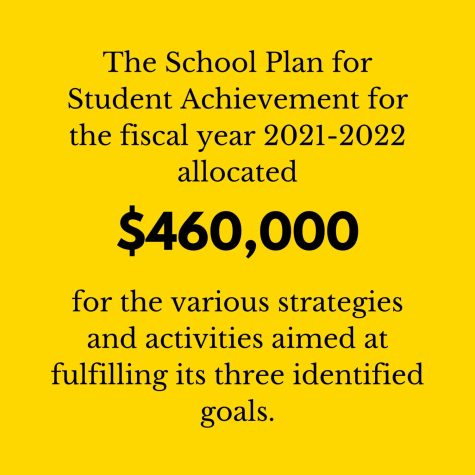
Page six of the School Plan for Student Achievement identified goal two: providing a safe and secure environment for all staff and students. According to the document, the identified need is, “Establishing and maintaining a learning environment that is physically and emotionally safe with high expectations and support for all.” This is quantified by attendance, suspension, ASSETS and small group participation rates. The document expected the 2018-2019 school year’s attendance rate to be maintained or increase by one percent or more, the suspension rate to be maintained or decrease by one percent or more, ASSETS participation to increase by five percent and for small groups to increase in group and student amount.
The document outlined four strategies for attaining goal two. These include increased communication with students designated in data-based red and yellow dashboards (total expenditure of $3,500), professional development (total expenditure of $18,500), interventions (total expenditure of $125,000) and safety equipment (total expenditure of $10,000).
The first goal two strategy includes increased communications by various mediums, including ParentSquare, Q Student Connect, the VHS website, social media and weekly updates, school-led parent workshops on pertinent topics and child care for parents to attend school events.
Goal two measures for professional development are defined differently than in goal one. Professional development refers to development via the AVID program, counselor conferences and counselor collaboration.
Interventions for goal two are effectively the same as in goal one, but with the added activity of collaboration with the VHS school resource officer to provide a safe and secure learning environment at the school.
Safety equipment for goal two refers to radios and other additional safety equipment. However, the document does not mention the specific kinds of equipment necessary.
Goal three (page nine) of the document is to increase parental and community involvement at VHS. The identified need, according to the document is, “Provide parents and guardians workshops, presentations, and resources to support them. Provide their student(s) academic, behavioral, social emotional support and resources as well.” Its annual measurable outcomes include a 10 percent increase in forum/workshop participation numbers from the previous school year, a 10 percent increase in parent surveys on the VUSD LCAP and a 10 percent increase in parent participation in digital services like ParentSquare.
The document outlined a single strategy (total expenditure of $3,500) to achieve goal three, which is an increase in parent-school culture and climate forums. The measures specified for the strategy include, “Increased Communication: Weekly updates, Parent Square, Q, social media and school website. School Led Parent Workshops on different topics: Literacy, Q, AVID, PBIS, ELL, School Safety, Canvas, Counseling, etc. Child care for parents to attend conferences, workshops, etc.”
Principal Marissa Rodriguez said, “[The] School Site Council Committee is meeting to finalize and submit [a] proposal to [the] board by Dec. 1. Upon board approval, [the School Plan for Student Achievement for the fiscal year 2022-2023] will be accessible.”




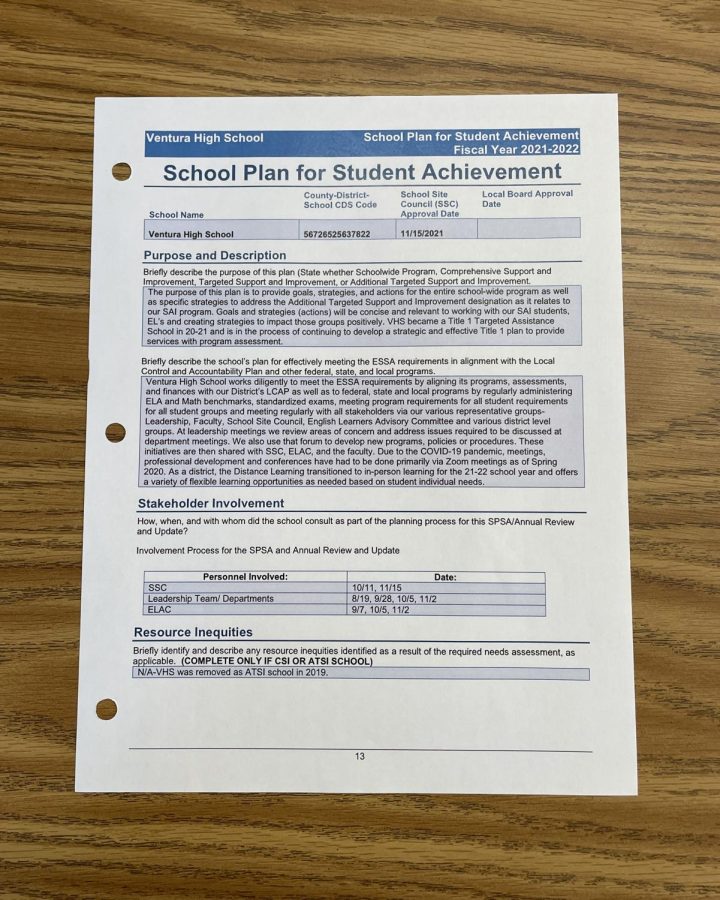

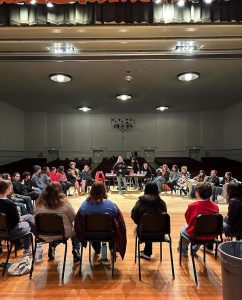





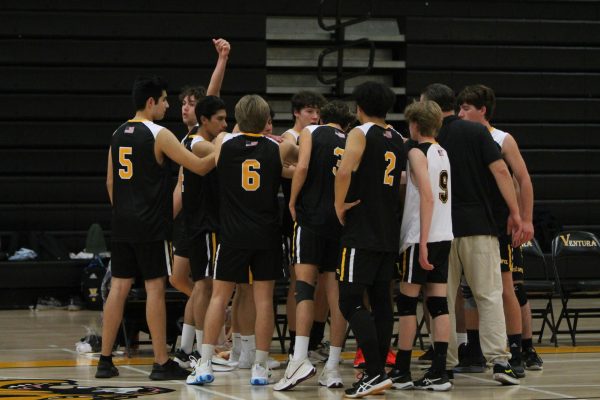
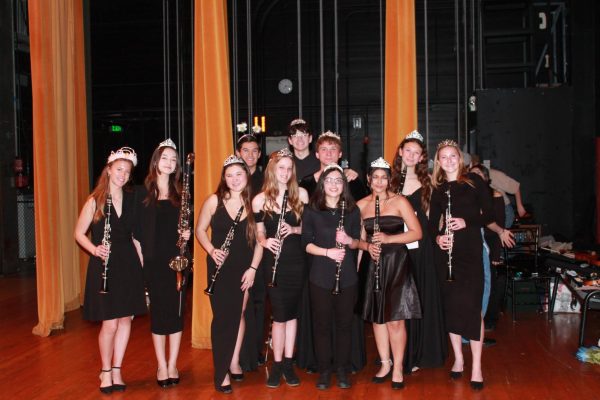
![[left to right] George Lopez, a campus supervisor at VHS, said, “I don’t have any plans, whatever comes up because plans never work, but I might go to Texas.” Damian De La Fuente ‘24 said, “I’m going to hang out with friends and perform at parties.” Viviana Rodriguez, a campus supervisor at VHS, said, “I’m going to see my family in Santa Barbara and do some deep cleaning.” Photo by: Meray Touma](https://thecougarpress.org/wp-content/uploads/2024/03/Photo-6-1-e1710961880419-450x600.jpg)

